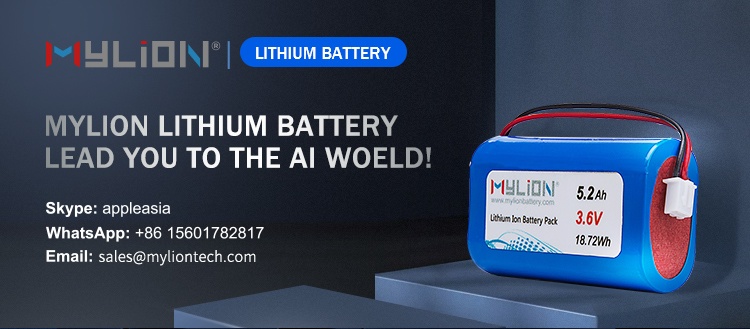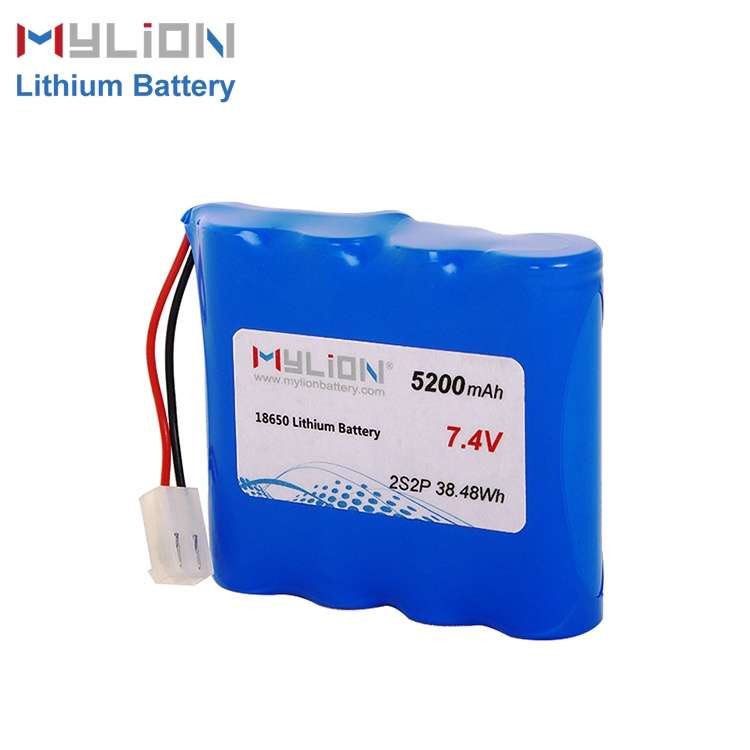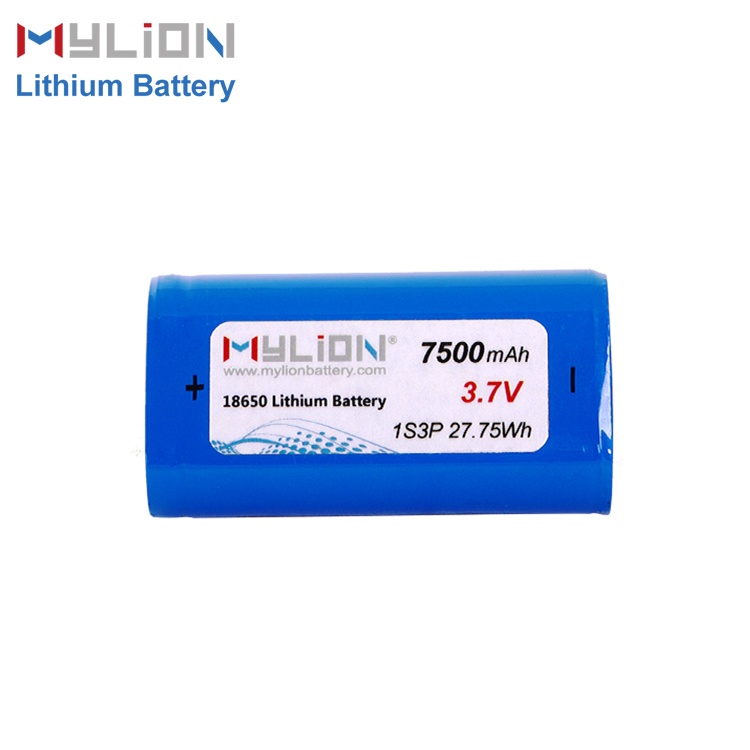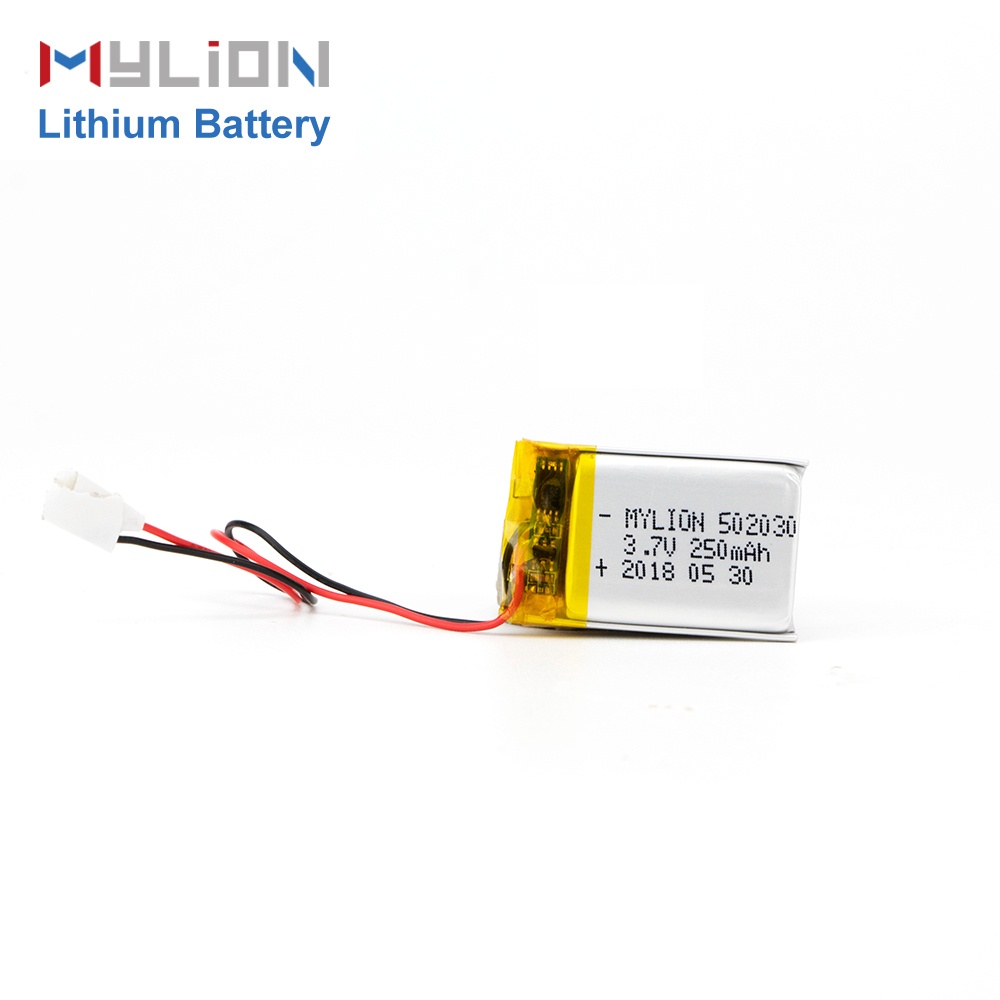
The principle is different, let’s talk about lithium batteries and lithium ion batteries (polymers are also lithium ion batteries).
Lithium batteries are a type of negative electrode material made of lithium metal or lithium alloy. Due to the very active chemical properties of lithium metal, the processing, storage and use of lithium metal have very high environmental requirements. The negative electrode of lithium ion battery is made of graphite and other intercalation structure materials. In the battery, lithium ions move between the positive and negative electrodes, so it is much safer than lithium batteries. Let’s talk about lithium ion batteries and lithium polymer batteries.
Lithium-ion battery electrolyte is liquid, and polymer battery electrolyte is gel or solid, which is safer.
First of all, our current lithium battery, according to its scientific name, should be called a lithium secondary battery. It has corresponding negative electrode materials. Unlike lithium primary batteries, primary batteries mainly use lithium as the other electrode. Such batteries generally use liquid electrolyte. Nowadays, it is mainly based on LiPF6 and LiClO4 dissolved in the electrolyte of DMC:EC (v:v=1:1). Some of them have also been modified, but they are still liquid batteries.
For polymer lithium batteries, from the perspective of battery internal materials, the main internal electrolyte is polymer, which is generally gel electrolyte and solid electrolyte. If you remember correctly, Koreans have published PEO-ionic liquid as electrolyte. I don’t know if such batteries are used on GalaxyRound or LGGFlex.
Secondly, the packaging of lithium polymer battery packs is slightly different. Lithium batteries are generally made of steel shells (18650 or button-type 2320), while lithium polymer batteries are packaged with aluminum-plastic packaging film, that is, soft pack batteries.
Of course, there are also lithium batteries with all-solid-state electrolytes such as LiPON, NASICON, perovskite, LiSICON and other high-conductivity ceramic electrolytes or glass electrolytes composed of amorphous materials. If they are to be classified, they may be classified as lithium secondary batteries. , But this is already an extension of the concept
Finally, lithium batteries can be roughly divided into two categories: lithium metal batteries and lithium ion batteries. Lithium metal batteries are usually non-rechargeable and contain metallic lithium. Lithium-ion batteries do not contain metallic lithium and are rechargeable. Lithium batteries, lithium ion batteries and lithium polymer batteries are different in principle.








